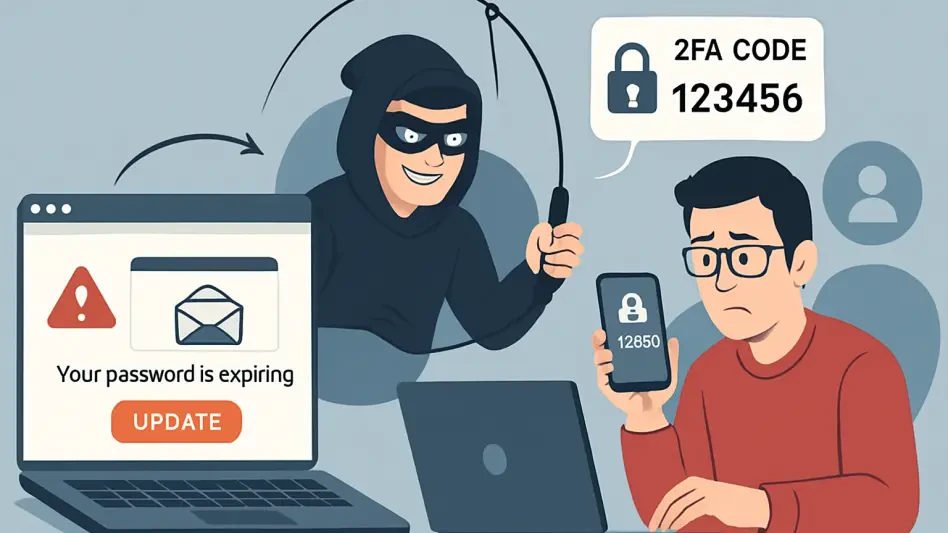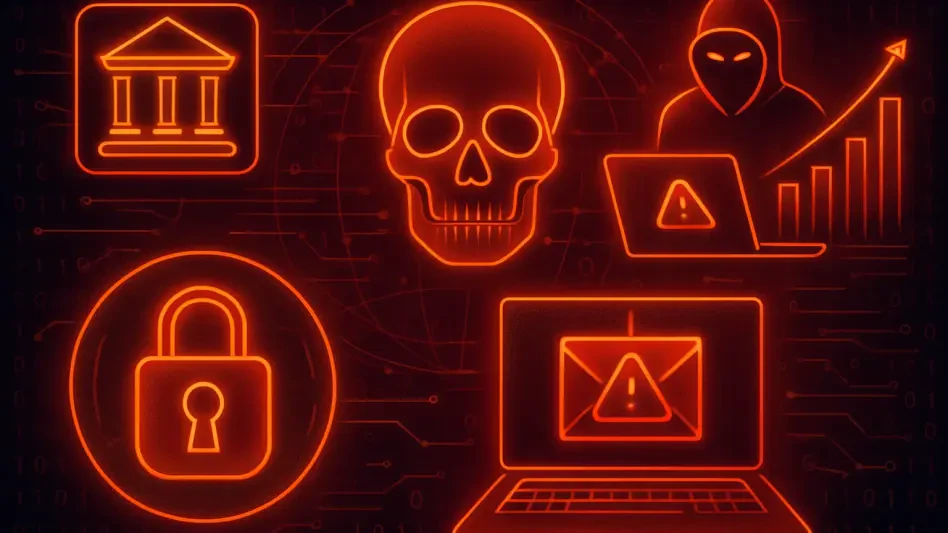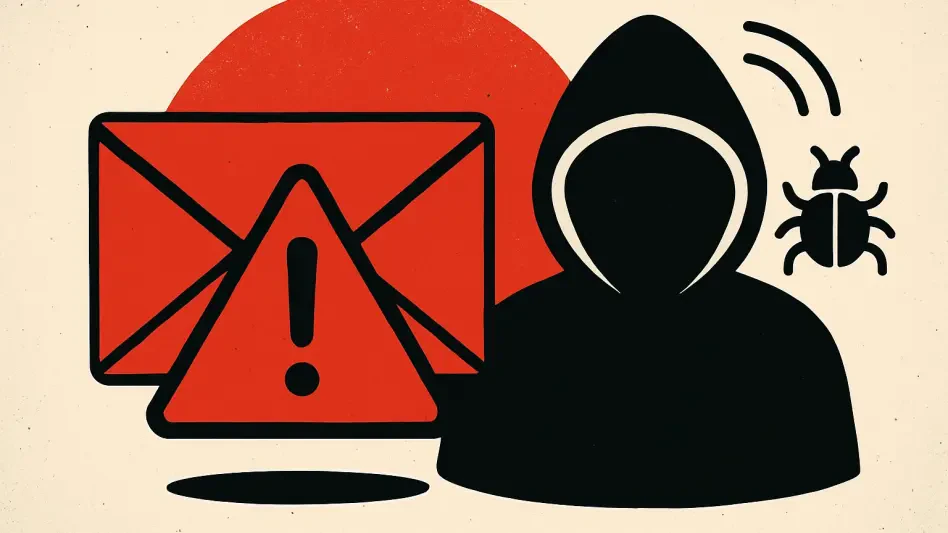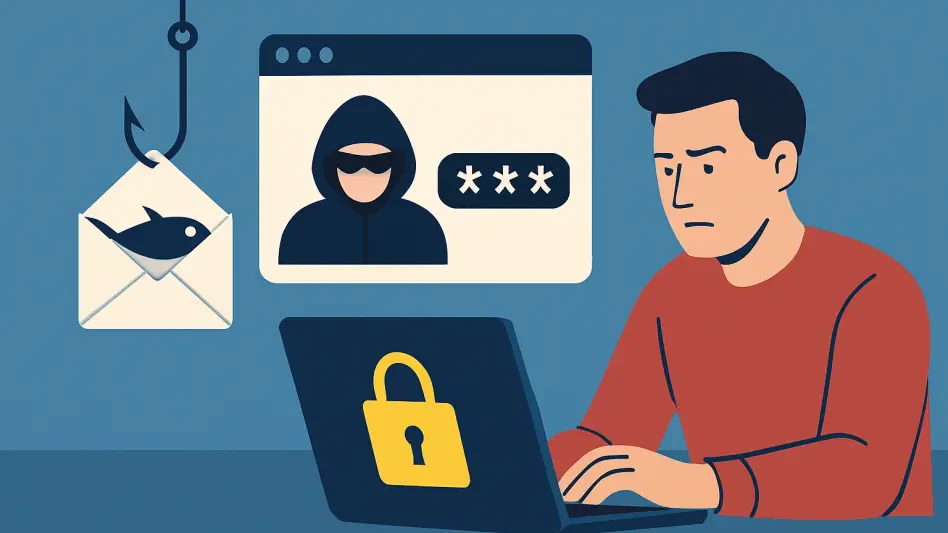In an era where digital security is paramount, the emergence of sophisticated cyber threats like the Tycoon 2FA phishing kit has sent shockwaves through the cybersecurity community, challenging even the most robust defenses with alarming ease. This Phishing-as-a-Service (PhaaS) platform, which first surfaced over a year ago, empowers cybercriminals—regardless of their technical expertise—to launch advanced social engineering attacks. With a staggering number of reported incidents exceeding 64,000 this year alone, as tracked by malware analysis tools, the kit’s ability to bypass two-factor authentication (2FA) and multi-factor authentication (MFA) has made it a formidable adversary. Targeting widely used platforms such as Microsoft 365 and Gmail, it employs cunning tactics to steal credentials and session data in real-time. This alarming trend underscores a critical vulnerability in modern security frameworks, raising urgent questions about how such tools operate and what can be done to counter them effectively in an ever-evolving threat landscape.
Unpacking the Sophistication of Tycoon 2FA’s Techniques
At the heart of the Tycoon 2FA phishing kit’s effectiveness lies its use of an Adversary-in-the-Middle (AiTM) approach, which sets it apart from traditional phishing methods. By leveraging a reverse proxy server, the kit creates phishing pages that are nearly indistinguishable from legitimate login interfaces, tricking users into divulging sensitive information. What makes this tool particularly dangerous is its adaptability; it can analyze error messages during login attempts to decipher an organization’s specific security protocols. This intelligence allows attackers to craft highly targeted campaigns, increasing the odds of success. Such tailored attacks reveal a disturbing evolution in cybercrime, where tools are no longer static but dynamic, learning from their environment to exploit weaknesses. The implications are profound, as even organizations with advanced security measures find themselves at risk from these personalized threats, highlighting the need for a deeper understanding of how phishing kits continuously refine their deceptive strategies.
Strengthening Defenses Against Evolving Phishing Threats
Combatting the menace of Tycoon 2FA requires a multi-layered approach that goes beyond technological safeguards and emphasizes the human element in cybersecurity. Employee training emerges as a cornerstone of defense, with a focus on equipping users to identify suspicious activities, such as modified URLs or grammatical inconsistencies in communications. Additionally, awareness of risks tied to malicious files like PDFs or SVGs, which can redirect to phishing sites, is crucial. The integration of AI-powered security training platforms has proven effective in fostering a culture of vigilance among workforces, enabling employees to make informed decisions daily. Looking back, organizations that prioritized both innovative tools and comprehensive education programs were better positioned to mitigate risks. Moving forward, the balance between advanced technical solutions and ongoing user awareness will be vital. As phishing kits grow more cunning, investing in proactive strategies and nurturing a security-conscious environment remains the most actionable step to safeguard against such pervasive threats.








